Posted by Zosi Team
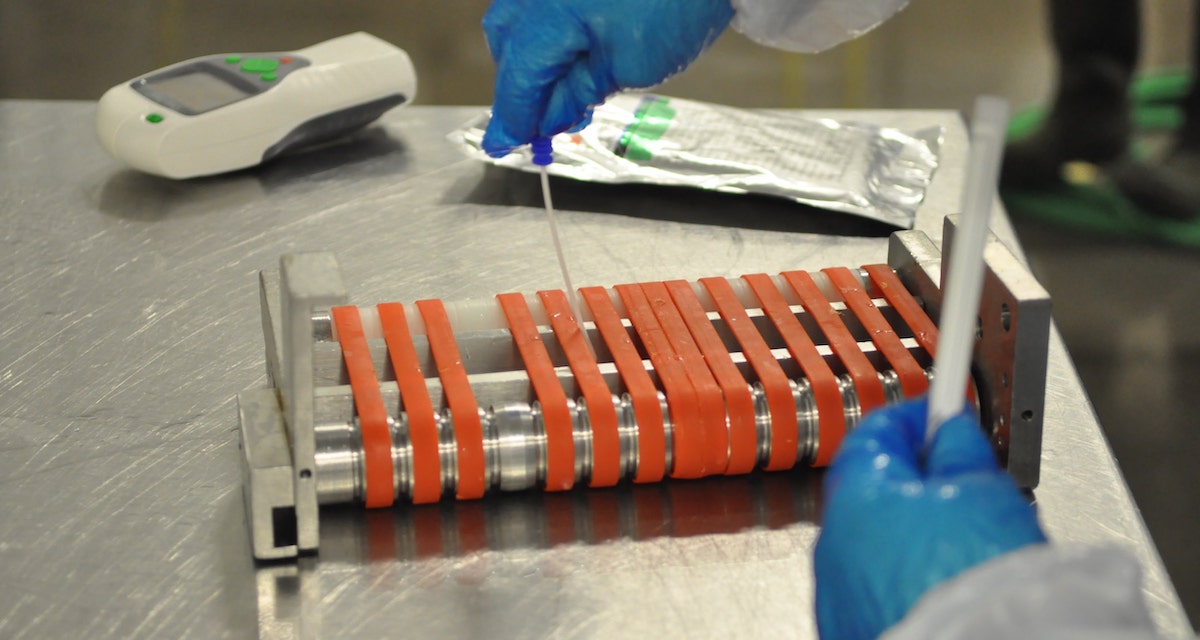
You don’t have to be in the food industry to be aware of recalls that happen, seemingly more and more. Every day people are aware of listeria and E. coli that might have never heard of it forty years ago. How do we protect our products and keep from having to recall?
Environmental monitoring (EM) is an important way to identify things that might harm your consumers. It’s a part of many different regulatory requirements, but it’s also the best manner of checking that your cleaning has been effective and keeping disease out. The food industry considers Environmental Monitoring Programs (EMPs) as a control in your facility, but there’s a clear outline of how to best set them up.
Step 1: Conduct a risk assessment
Get a group of employees together to do a risk assessment that are subject matter experts in different areas in your facility—managers or scientific experts who know different sides of production. There are different ways to do a risk assessment and gather information. If you’re not comfortable with doing this on your own, consultants can be helpful.
Risk assessments have to be unique to each facility and make sure to consider the following:
- the types of products produced
- regulatory requirements
- known hazards
Step 2: Identify your sanitary zones
Different regulations require various sanitary zones to be tested for EMPs. For example, USDA requires that you test zone one (it’s also recommended by some customers). Zone one is anything that is a product contact surface– filler nozzle, tanks, conveyor belts, employee hands, product contact utensils, and worktables. FDA facilities focus on zone two and three, which are non-food contact surfaces close to food and non-food contact surfaces. Zone three is more remote non-food contact surfaces. Outline these zones so you can tell where you need to focus your sampling program.
Step 3: Decide on sampling sites in your sanitary zones
Make a spreadsheet to keep track of where the sampling sites are. Keep separate sheets for the different zones so you do the appropriate number of tests for the correct zones. As a general guideline, the FDA recommends 10 to 15 sites for zones two and three with tests completed weekly. Depending on the risk and your trend analysis of results, you might want to adjust how frequently you test and how many sites you test.
Step 4: Determine which bacteria to test for
Different tests offer information on a broad spectrum of pathogens. You can use recall data to find which bacteria might typically be present in similar requirements. Testing requirements vary from zone to zone. Even if it’s not a requirement, it’s usually a good idea to test for general cleanliness in zone 1. Testing for APC (aerobic plate count) or ATP (adenosine triphosphate) will check the microbial load in these areas. Zones 2 to 4 run a risk for listeria or salmonella species, which will use different tests than zone 1. Additionally, consider which ingredients you use when determining the tests to run. Eggs, for example, might have a higher likelihood of salmonella, but their risk might vary depending on pasteurization.
Step 5: Set your testing frequency
Once you establish the zones, sampling sites, and bacteria you want to test for, you need to determine how frequently you will run the tests. Depending on need, you should run tests anywhere from weekly to monthly. If a ready-to-eat food doesn’t support Listeria monocytogenes growth, then you would usually test this monthly. FDA guidelines outline the testing schedule in a straightforward way:
Zone 1: If needed, then weekly Zone 2: Every week
Zone 3: Every 2 weeks
Zone 4: Monthly
USDA uses a prescriptive formula to determine how often sites should be tested which can be found in their resources. No matter your guidelines, make sure you record all of your processes to complete your Environmental Monitoring Program. As you gather more information, if you notice increased positives then you might need to adjust your frequency.
You also have to determine the number of sites to be tested at the specified time intervals. The quantity should be at least consistent with regulatory guidance documents. It may also be determined by risk assessment after determining the total number of sites to be sampled in each zone. For example, if you identified 20 potential sampling sites in a zone, you want to consider taking 5 samples per week to assure all sites area sampled within a one month period.
Summary
Environmental Monitoring and Environmental Monitoring Programs can seem intimidating if you’re just beginning the process. Making sure you follow all the rules and adhere to USDA, FDA, GFSI, and customer requirements is an ongoing process. With training and other resources, you can establish an EMP and set your facility up for success. Documenting your process and keeping track of your results can prevent incidents in your company that might lead to recalls or foodborne illness outbreaks.
To get more information about EMPs, Zosi has a fully online EMP course that helps you set up your facility for success. Learn how to set up your program, perform risk assessments and test, and manage your results.


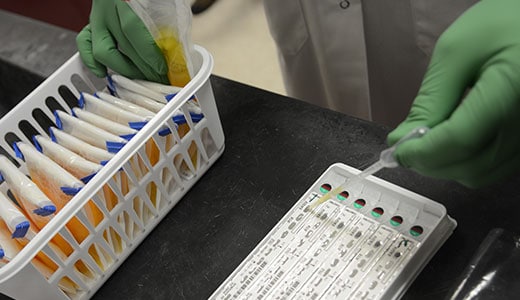 Environmental Monitoring Program
Environmental Monitoring Program
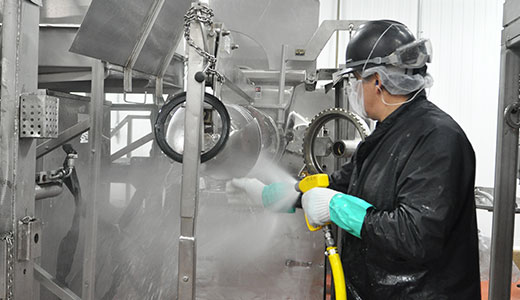 Corrective and Preventive Action (CAPA) Fundamentals
Corrective and Preventive Action (CAPA) Fundamentals
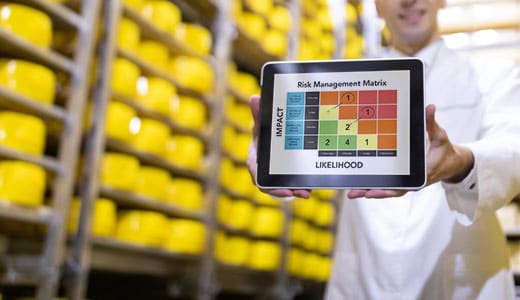 Risk Assessment Course
Risk Assessment Course
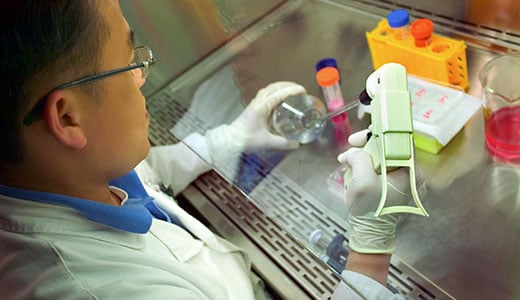 Verification and Validation Course
Verification and Validation Course

